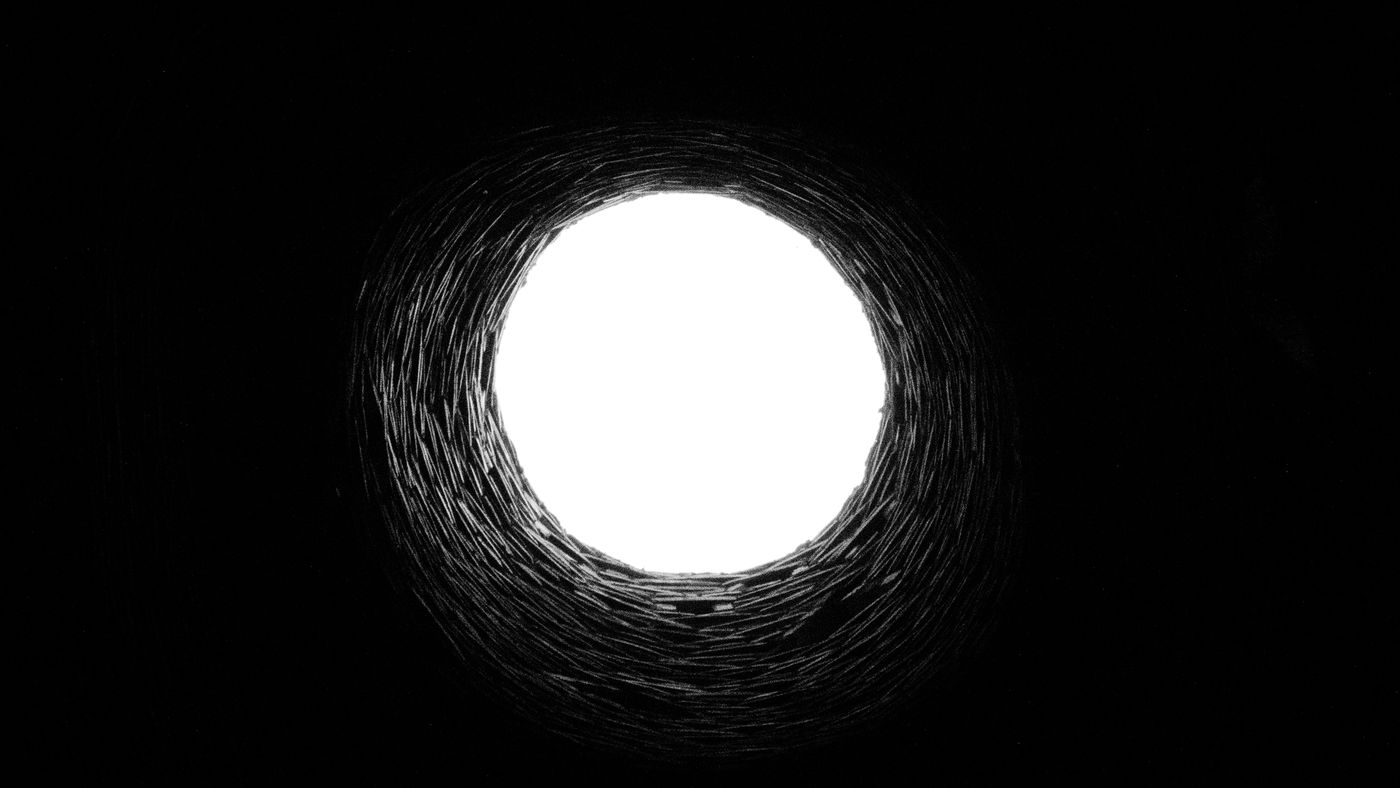How far has humanity really managed to go to the center of the Earth?
2 min read
The depths of the earth contain secrets as well as the ocean floor and space. Despite the many initiatives that have cut kilometers into the earth’s crust, humanity has not once stepped beyond this first layer of the planet. However, science indirectly achieves a good understanding of the dynamics within the globe, deducing measurements such as temperature, pressure, and certain chemical components of the Earth’s inner layers.
The Earth’s crust has a variable thickness, generally between 5 and 100 km. It may seem easy to cross where it’s thinnest, but those places are only found on the ocean floor—continents are reserved for the largest stretches of this layer.
The largest excavation of the crust to date was carried out in Russia during the Soviet Union period. It corresponds to the Kola Superdeep Hole, the name of the peninsula in the northwest of the country that is home to the well. Excavation began in 1970, when the Cold War pitted the technological advancement of the Soviet nation with the United States. Just as there was a space race, it can be said that there was also a race to the center of the Earth.
After 20 years, the Soviets reached a depth of about 12.2 kilometers – a record that has yet to be broken. The Kola well still exists, but it is now closed. In the same period, the United States attempted to drill a well on the ocean floor, precisely because of the reduced thickness of the crust, but the high costs of the project thwarted the task from the outset. Germany also started a similar initiative that stopped in 1995 at 9.1 km.
Also on German soil, American artist, sculptor and illustrator Walter De Maria has created a conceptual work called The Vertical Kilometer. With the help of an oil company, the artist drilled a kilometer into the crust of Kassel and filled it with a copper rod five centimeters in diameter and weighing 18 tons.
The object has a “sister” work called “Broken Kilometer”. This installation, in turn, consisted of 500 two-meter copper rods arranged in five rows of one hundred. Interpretations of these works claim that they are a reflection of our place in the universe or that they “return” to Earth the material that humanity draws from it.
This month, China launched a project that aims to drill nearly 11 kilometers into the Earth’s crust, to get access to 145-million-year-old rocks. However, the Soviet record would remain the same. In any case, the 12 kilometers dug into Russian soil are only 0.18% of the distance from the surface to the center of the planet, which corresponds to 6,371 km.
source: Discover Magazine; BBC

“Devoted food specialist. General alcohol fanatic. Amateur explorer. Infuriatingly humble social media scholar. Analyst.”




